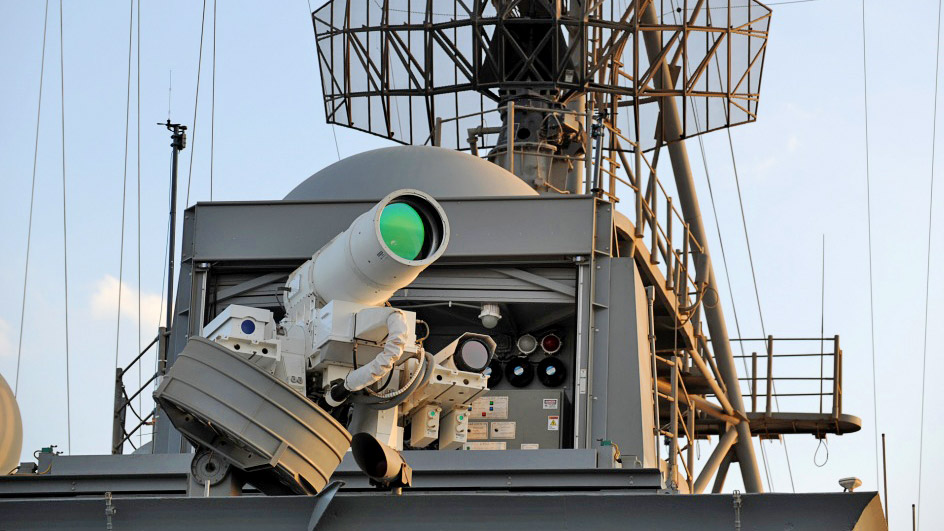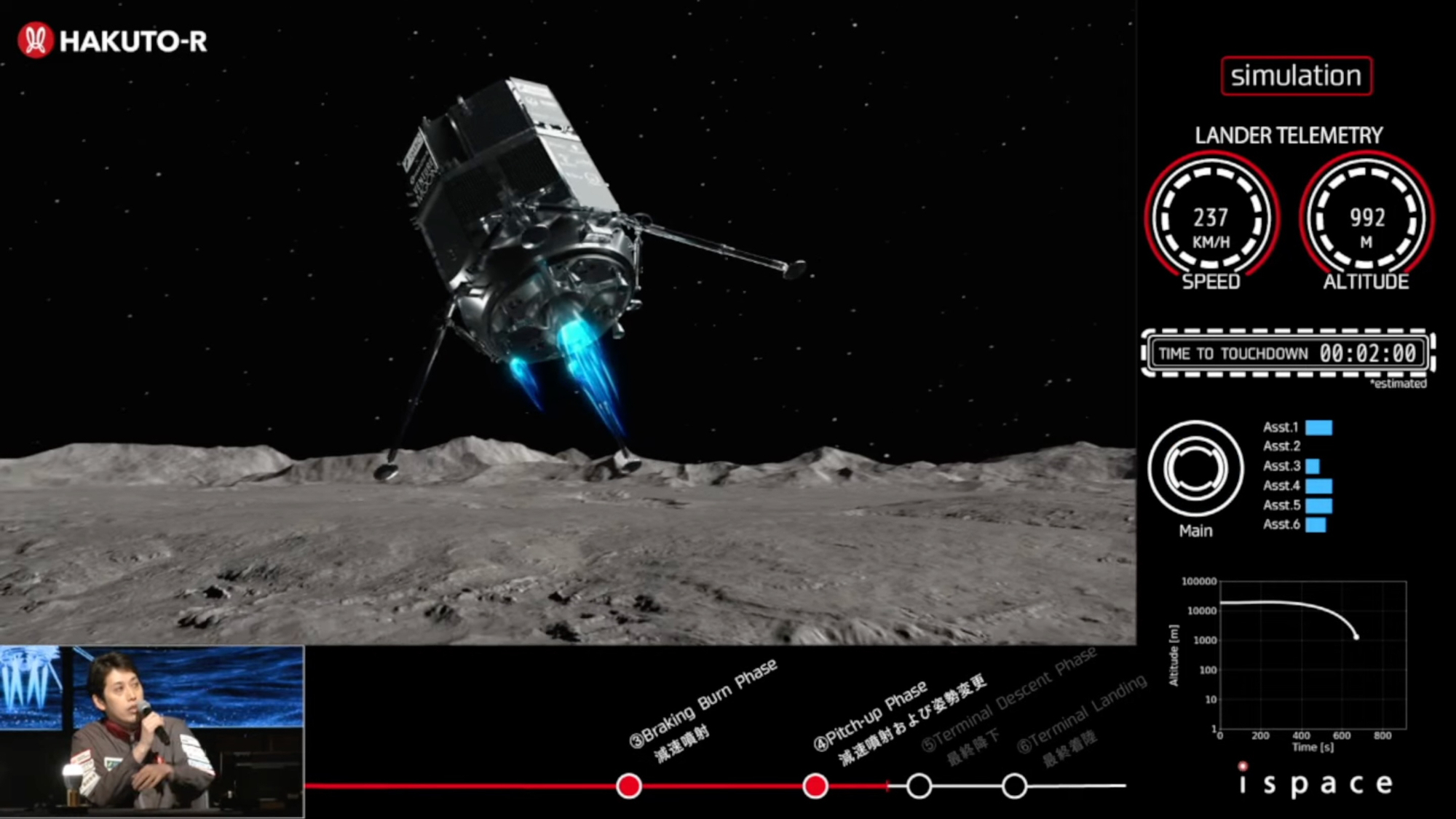How the US Navy Is Turning Sci-Fi Warfare into Reality
In the past 100 years, humanity went from fantasizing about ray guns to actually seeing some go "pew pew" for real.
Lasers are just one of several technologies that the Office of Naval Research (ONR) highlighted for Science Fiction Day, which took place last Tuesday (Jan. 2). Here are four real-life technologies that were once only dreamed about in fiction.
Lasers: These have been a common trope of science-fiction books and comics since the 1930s, although modern audiences will remember them best from franchises such as "Star Wars" and "Star Trek." In real life, the ONR began sponsoring research in the 1950s that helped develop the first lasers. (The word "laser" is an acronym for "light amplification by stimulated emission of radiation.") [7 Technologies That Transformed Warfare]
Laser development continues today, with the ONR working on high-energy, solid-state laser weapons. A prototype system was fitted on a Navy ship in 2014 and shot down unmanned aerial vehicles. Lasers have even flown on other worlds, such as the Mars rover Curiosity's famous Chemistry and Camera (ChemCam) instrument, which analyzes the composition of Red Planet rocks.

Robotics: The movies have many examples of awesome robots, ranging from the Terminator to BB-8 to WALL-E. But if you look around, robots are actually more and more a part of everyday life today. They work on factory floors, scoot around in our houses and, in some cases, even send meals to hotel rooms. In the most extreme situations, robots defuse bombs or work in areas where conditions are dangerous.
ONR has been researching robots since at least the 1960s, when Shakey the robot became the first artificial being to think through what actions were needed to fulfill commands. Today, ONR researchers are working on a fire-fighting robot called SAFFiR (Shipboard Autonomous Firefighting Robot), augmented-reality systems and advanced wireless networks. The Navy even performs amphibious robot testing, such as the Ship-to-Shore Maneuver Exploration and Experimentation Advanced Naval Technology Exercise that ran last spring.
Autonomy: Driverless cars and drones carrying packages will soon be an everyday reality for everybody. Many of the autonomy advances behind these technologies are due to ONR research, according to Navy officials. For example, ONR recently put an autonomy package on uncrewed small boats. Once equipped, these boats can communicate with each other, find enemy ships coming into their zone of responsibility, and analyze the threat to convey information to sailors safely outside the zone. Other areas where autonomy is useful include mine clearing, supply drops and ship escorts.
Get the Space.com Newsletter
Breaking space news, the latest updates on rocket launches, skywatching events and more!
Virtual Reality: "Iron Man" is one of the best-known cases of a fictional soldier using virtual reality in combat — just think about all those awesome fight scenes where Tony Stark helps the Avengers fight supervillains. The Navy is trying to make that kind of capability real. Its Battlespace Exploitation of Mixed Reality (BEMR) Lab has virtual-reality smarts useful for training and operations. The Navy says it feels so real that you feel dizzy looking down from a virtual "crow's nest" high atop the mast of a ship.
Follow us @Spacedotcom, Facebook or Google+. Originally published on Space.com.
Join our Space Forums to keep talking space on the latest missions, night sky and more! And if you have a news tip, correction or comment, let us know at: community@space.com.

Elizabeth Howell (she/her), Ph.D., was a staff writer in the spaceflight channel between 2022 and 2024 specializing in Canadian space news. She was contributing writer for Space.com for 10 years from 2012 to 2024. Elizabeth's reporting includes multiple exclusives with the White House, leading world coverage about a lost-and-found space tomato on the International Space Station, witnessing five human spaceflight launches on two continents, flying parabolic, working inside a spacesuit, and participating in a simulated Mars mission. Her latest book, "Why Am I Taller?" (ECW Press, 2022) is co-written with astronaut Dave Williams.
